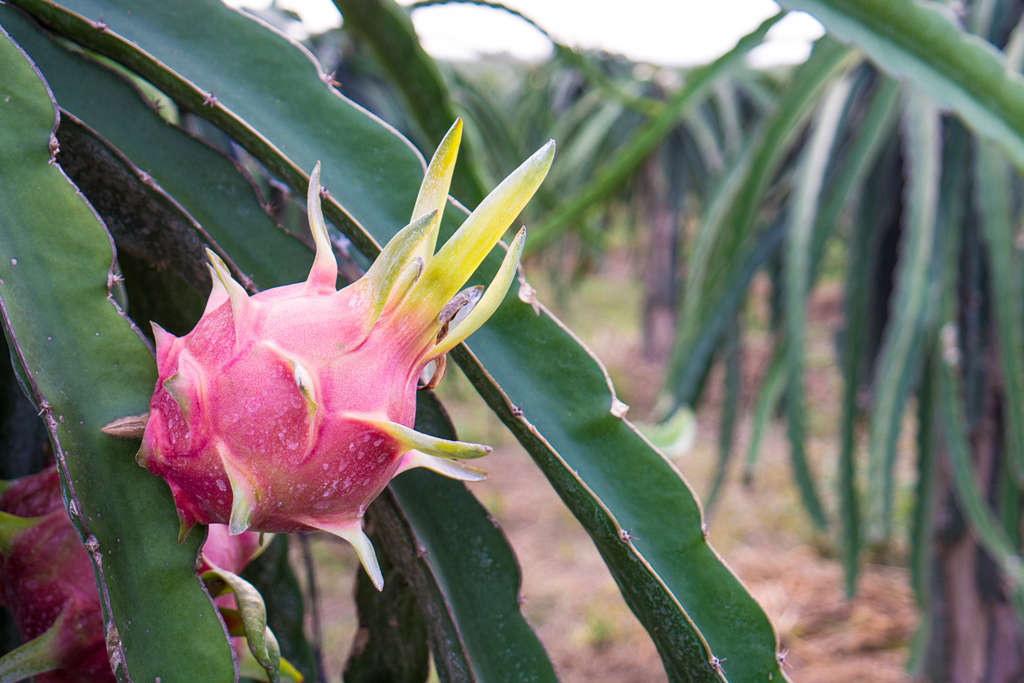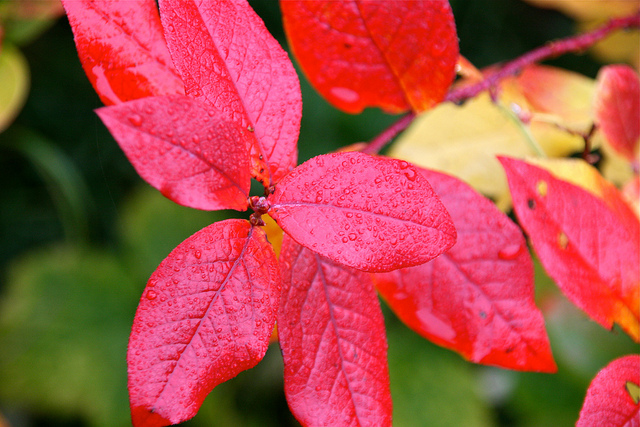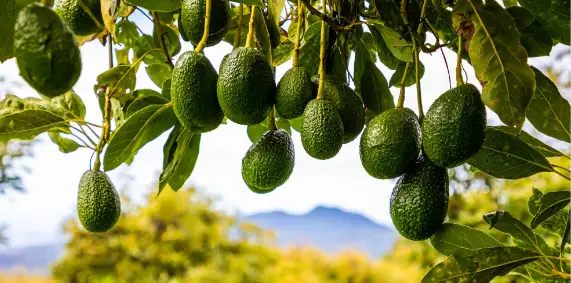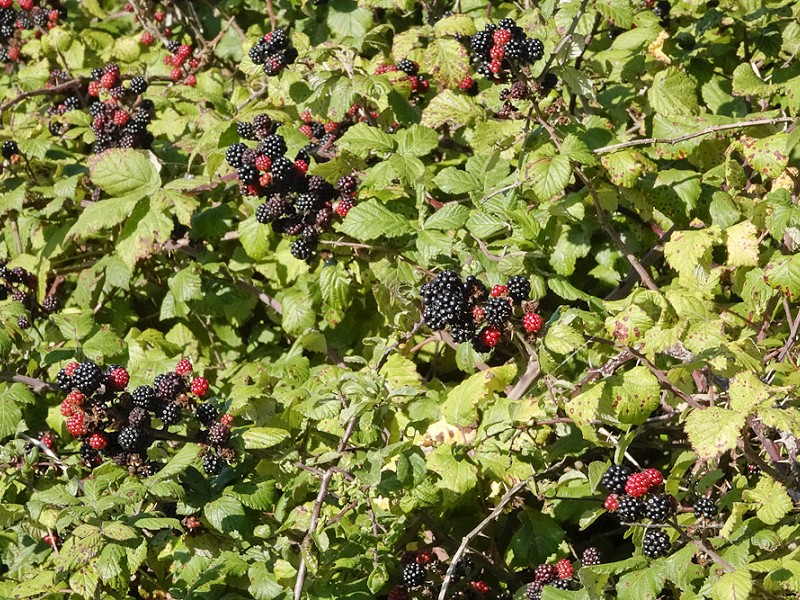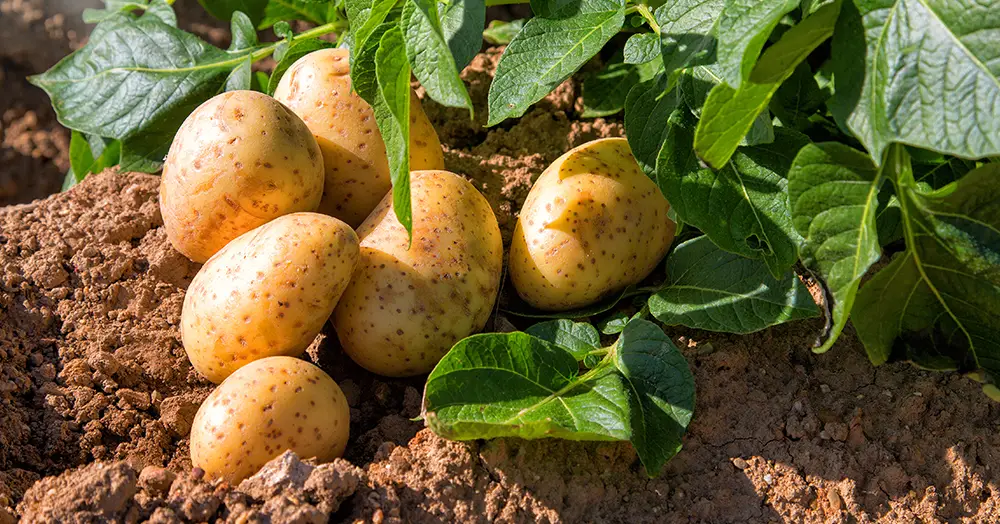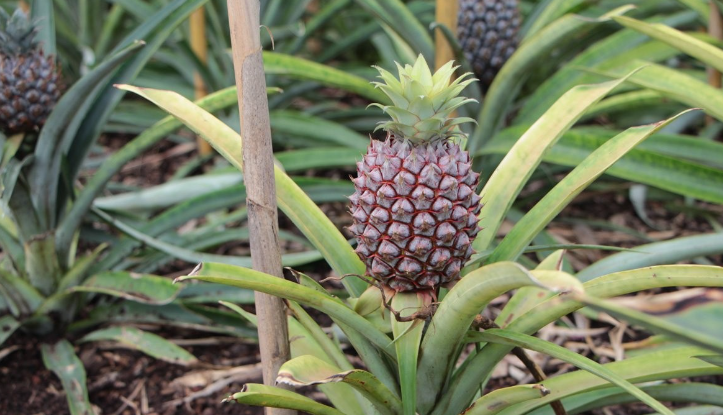Red cabbage is a vegetable that is full of nutrients and perfect for small gardens.
Not only is red cabbage great for adding color and taste to salads and meals, but it can also be kept for a long time to enjoy the taste of your garden longer. Growing your own red cabbage can mean big savings compared to buying it. It is a good choice for anyone new to gardening because it is easy to grow, especially when you don’t have much space.
In this article, we’ll teach you the steps to take to grow your own healthy red cabbage, even in pots. Follow these tips, and you’ll see lots of lovely red cabbages from your own garden.
Table of Contents
- Guidelines For Growing Red Cabbage
- Step 1 – Find a sunny spot with soil that drains well
- Step 2 – Check if your soil pH is right
- Step 3 – Make your soil richer before planting
- Step 4 – Plant seeds inside before the cold ends
- Step 5 – Move the young plants outside after they grow some true leaves
- Step 6 – Give each plant enough room to grow
- Step 7 – Help the plants stand up straight
- Step 8 – Water them well to keep soil moist
- Step 9 – Feed the plants every now and then
- Step 10 – Keep your garden weed-free
- Step 11 – Keep an eye out for bugs and sicknesses and deal with them quickly if you have to
- Step 12 – Pick your cabbage when the heads are hard and tight
- Tips For Growing Your Red Cabbage
- Harvesting And Storing
- FAQ
- How long does it take to grow red cabbage?
- How much sun does red cabbage need?
- How much water does red cabbage need?
- How do I know when my red cabbage is ready to harvest?
- How do I store red cabbage?
- What are the benefits of eating red cabbage?
- How do you take care of a red cabbage plant?
- Where does red cabbage grow best?
- Do cabbages need full sun?
- Does cabbage need lots of water to grow?
- Does red cabbage grow in winter?
Guidelines For Growing Red Cabbage
Step 1 – Find a sunny spot with soil that drains well
Red cabbages need a lot of sunlight and soil that drains well with a pH from 6.0 to 6.8 for the best growth. Pick a place that gets sunlight for at least six hours a day, has fresh air, and is protected from wind. Improve your soil by mixing in compost or old animal manure to help your plants grow healthy.
This first step is key to making sure your red cabbage plants get the perfect conditions for growing. By picking the best place with good soil and enough light, you’ll be on your way to having a great crop of red cabbages.
Step 2 – Check if your soil pH is right
Testing your soil’s pH is a crucial step when getting your area ready for red cabbage. They do best in soil that is a bit acidic to just plain—between pH 6.0 and 6.8.
You can buy a soil test from a gardening store or the internet, and it comes with directions for testing your soil and ways to tweak the pH if needed.
If your soil is too acidic, you can add lime to raise the pH. If it’s more basic, using sulfur can help to make it more acidic. With the right pH, your red cabbages will grow well and be really tasty.
Step 3 – Make your soil richer before planting
It’s very important to prepare your soil so that your red cabbages will grow up strong. They love soil that’s full of good stuff and drains well. Mix in compost or old manure to the soil to help keep moisture, control the temperature, and give the plants what they need to develop.
On top of adding compost, you can feed your soil with a balanced fertilizer like 10-10-10 or one that releases slowly. But remember to be careful and follow what the label says because too much fertilizer can be bad for your plants.
Step 4 – Plant seeds inside before the cold ends
Starting your seeds inside is a smart way to get a head-start on the planting season and avoid pests and sickness in your outside garden. Begin 4-6 weeks before you expect the last frost.
To get going, fill seed trays or pots with a special mix for starting seeds. Plant them as the seed packet says and put them where they can get plenty of warmth and light. Make sure the soil stays wet, but not too much, to avoid getting the seeds too soggy.
Step 5 – Move the young plants outside after they grow some true leaves
Once your seedlings have two or three real leaves and the outside soil is warmer than 50°F, they’re ready to go into your garden. Make sure they’re just the right size when you move them. Too big or too small, and they might not like the change.
When moving them, dig a good-sized hole for each plant’s roots. Give them a drink before you put them in the ground to help avoid root damage. After they’re in, water them well and keep the ground damp to help them grow strong.
Step 6 – Give each plant enough room to grow
Spacing is important for red cabbages so that each one has enough room. Keep them 18-24 inches apart in rows that are 24-36 inches apart. This helps them get the air they need and cuts down on the chance of them fighting over space.
Once you’ve planted them, give the plants lots of water and put mulch around them to help the soil hold onto water and stop weeds. Keep the soil damp and weed-free, and your red cabbage plants will grow deep, strong roots.
Step 7 – Help the plants stand up straight
Red cabbages can get tall and hefty, especially as heads start to form, so they may need something to help them stand. Use stakes or tomato cages to stop them from falling over, which can hurt or make them sick.
Step 8 – Water them well to keep soil moist
For the best cabbages, the soil needs to stay moist. Water your plants deeply and often. Don’t water too much, though, or you could end up with rotten roots. Check the soil often to see if it needs water or if you’re giving too much.
Step 9 – Feed the plants every now and then
Give your plants some balanced fertilizer every 4-6 weeks to help them grow healthy and make good cabbage heads. A fertilizer like 10-10-10 or a slow-release one will do the trick. Just make sure to follow directions so you don’t harm the plants with too much.
Step 10 – Keep your garden weed-free
It’s important to control the weeds around your red cabbage plants because weeds can steal nutrients and space from your garden veggies. Pull out weeds regularly, and your plants will be happier.
Weeds can give red cabbage plants a tough time by taking away the food, water, and light they need to grow.
It’s important to keep weeds away so your red cabbage can grow well. Putting mulch around the plants stops weeds from growing and keeps the soil from drying out. Pulling out weeds with your hands or using a hoe to cut them down often also helps keep the area where your red cabbages are growing free from weeds.
Step 11 – Keep an eye out for bugs and sicknesses and deal with them quickly if you have to
Red cabbage can be attacked by pests like aphids, cabbage loopers, and cutworms as well as get sick from things like black rot and downy mildew. If you check your plants a lot, you can spot these problems early, which is when it’s easier to fix them.
If you see any signs of pests or diseases, you must act fast and use the right kind of bug killer or disease killer. Always read and follow the directions on the product, and be careful to stay safe and not hurt the environment.
Step 12 – Pick your cabbage when the heads are hard and tight
You should pick your red cabbage when it feels hard and tight, which is usually after it has been growing for 70-100 days. To pick it, just cut off the head of the cabbage and leave a little bit of the stem. Red cabbage should be kept in a place that’s cool and dry, and you should use it within a few days.
By doing these steps, you can grow your own red cabbage in your garden and enjoy how fresh and healthy it is. With the right care and looking after, you can have great red cabbages right where you live.
Tips For Growing Your Red Cabbage
- Pick a type of red cabbage that suits the weather where you are and what you need.
- Starting your seeds inside helps them grow faster when it’s still cold outside.
- Move the young plants outside when they have 2-3 real leaves and it’s warmer than 50°F (10°C).
- Leave 18-24 inches between plants in rows that are 24-36 inches apart. This helps air move around and stops the plants from being too squished together.
- Use stakes or cages to keep your plants up because they can get big and heavy.
- Water your plants a lot and often to keep the soil wet in the same way all the time.
- Give your plants food every 4-6 weeks to make sure they have what they need to grow.
- Stop weeds by covering the ground or by pulling them out with your hands.
- Always watch out for bugs and sicknesses in your plants, and get rid of them right away if you find any.
- Pick your red cabbage when the heads are hard and tight, and cut them with some of the stem still on.
If you follow these guidelines, you can make sure your red cabbage plants are happy and make a lot of good vegetables for you.
Harvesting And Storing
Harvesting Red Cabbage:
- Red cabbage is usually ready to pick 70-100 days after you plant it, but it can depend on what type you have and the weather.
- When the heads are hard and tight, cut them off the plants while leaving a bit of the stem.
Storing Red Cabbage:
- After picking, you can keep red cabbage in a cool, dry place for a little while.
- If you need to store it for a longer time, wrap each head in plastic and keep it in the fridge.
- You can also keep your red cabbage for a long time by canning it, pickling it, or freezing it.
- For the best taste and freshness, store it in a cool, dark spot and use it quickly after picking.
- Wrapping the heads in plastic before putting them in the fridge keeps them from drying out and going bad.
When you know how to pick and store your red cabbage the right way, you can enjoy its fresh, healthy taste for a much longer time. adjusts your scheme, you will be able to relish it fresh and nutritious flavor for much longer.
FAQ
How long does it take to grow red cabbage?
Growing red cabbage takes a different amount of time depending on the type you plant and where you grow it. Usually, it will take about 70 to 100 days from when you plant the seeds until the cabbage is ready to be picked.
How much sun does red cabbage need?
Red cabbage plants need a lot of sunlight to grow big and healthy. They should get at least 6 hours of direct sunlight every day.
How much water does red cabbage need?
Red cabbage likes to have the soil around it wet all the time, but not too wet. You should water the plants deeply often enough to keep the soil moist.
How do I know when my red cabbage is ready to harvest?
You can pick your red cabbage when the round heads feel hard and firm. It usually takes about 70 to 100 days from when you plant them to reach this point, but this can change with different kinds of red cabbage and how you grow them.
How do I store red cabbage?
After you pick your red cabbage, you can keep it in a cool and dry spot for a few days. If you want to store it for longer, put the cabbage heads in plastic wrap and keep them in your fridge.
What are the benefits of eating red cabbage?
Red cabbage is really good for you because it has lots of vitamins, minerals, and stuff called antioxidants. It also has fiber which helps your stomach work well. Eating red cabbage is a great choice for a healthy diet.
How do you take care of a red cabbage plant?
Caring for red cabbage means making sure the plant gets enough sun, the soil drains water well, and you water it a lot. You should also give it food for plants (fertilizer) regularly. If the heads of the cabbage start to get heavy, you might need to support them so they don’t break. And if you see any leaves that look sick or yellow, take them off the plant.
Where does red cabbage grow best?
Red cabbage grows the best in places where it is not too hot or too cold, and the ground has to be good at getting rid of extra water. The soil also should have lots of good stuff for plants in it and have a pH that is not too acid or too alkaline, around 6.0 to 7.0 is best.
Do cabbages need full sun?
Yes, all types of cabbages, including red cabbage, need to be in full sun. This means they need at least 6 hours of direct sunlight every single day to grow well and make cabbages.
Does cabbage need lots of water to grow?
Cabbage plants need to have a lot of water to grow, but not so much that the ground gets too wet and doesn’t have air in it. Make sure to give your cabbage plants enough water so that the soil is always a bit wet.
Does red cabbage grow in winter?
Red cabbage can actually grow during the winter if you live in a place that’s cool but not freezing. If you live in a warmer place, it’s a good idea to grow red cabbage when it’s not too hot outside. No matter where you live, red cabbage needs the right amount of water, sunlight, and good soil to grow well.


